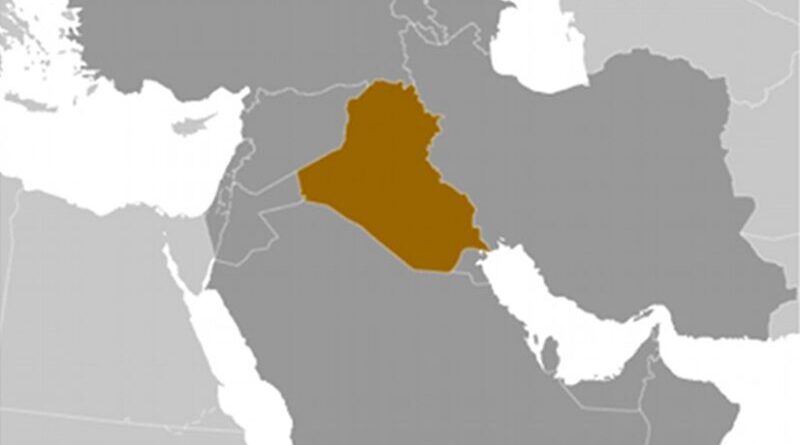Iraq: Fleeing Islamic State Forces Fired Toxic Chemicals, Says HRW
Forces of the Islamic State (also known as ISIS) launched at least three chemical attacks on the Iraqi town of Qayyarah. The use of toxic chemicals as a means of warfare is a serious threat to civilians and combatants in and around the embattled city of Mosul and is a war crime.
The attacks hit the town of Qayyarah, 60 kilometers south of Mosul, in September and October after Iraqi government forces retook the town on August 25, 2016. The attacks caused painful burns to at least seven people consistent with exposure to low levels of a chemical warfare agent known as “vesicants,” or blister agents, a chemical weapons expert told Human Rights Watch.
“ISIS attacks using toxic chemicals show a brutal disregard for human life and the laws of war,” said Lama Fakih, deputy Middle East director. “As ISIS fighters flee, they have been repeatedly attacking and endangering the civilians they left behind, increasing concerns for residents of Mosul and other contested areas.”
Iraqi and Kudistan Regional Government forces, supported by a United States-led coalition, have been moving up the Tigris River, retaking towns and villages from ISIS. The Qayyarah attacks preceded the military operations that began on October 17 to retake Mosul, Iraq’s second-largest city.
At the time of the attacks, ISIS forces were holding positions between three and six kilometers north of the town. Fifteen Qayyarah residents told Human Rights Watch on October 31 that these were the first attacks of their kind in the area. They, as well as a staff member at the US embassy in Baghdad, said ISIS carried out the attacks. The residents based this on the fact that Iraqi forces were fully in control of the town of Qayyarah at the time, with ISIS carrying out attacks on the city, targeting military positions. They believed that ISIS was trying to force the town’s population to flee toward them, based on reports that ISIS had tried to compel civilians to retreat with them in other areas, then target opposing forces entering the area. Human Rights Watch could not confirm this allegation.
Media outlets reported that on September 20, ISIS launched projectiles containing chemicals to attack the Qayyarah West airbase, which was captured by Iraqi and coalition forces in July. Coalition spokespersons tweeted after that attack that laboratory testing had found “no Mustard Agent present” on the munitions fired at the airbase. But Qayyarish residents described to Human Rights Watch three attacks that caused injuries consistent with the use of chemical warfare agents.
In the first attack in Qayyarah itself, on September 21, a projectile landed in a family’s garden, oozing a liquid that caused burns and blistering to two family members and two policemen who helped them remove it.
In an attack on October 6, a projectile struck in front of a café, near a motorbike that belonged to two fighters. The fighters rode away on their motorbike, but developed severe burns where the bike came in contact with their skin. Doctors first thought the injuries were caused by chlorine, but later determined they were caused by a blister agent. On October 10, a projectile landed in front of a refinery, and a worker who rode away on a motorbike that had been nearby developed similar burns and blistering.
An independent expert on the detection and effects of chemical warfare agents, Keith B. Ward, reviewed the video and photo evidence and accounts of those harmed in the attacks. He concluded that the characteristic “garlic” odor and the burning of the eyes, which one man described right after the attack in his garden; the subsequent reddening of the skin; and the delayed appearance of blisters on the skin of the seven injured men are consistent with exposure to low levels of a chemical warfare agent of the type known as “vesicants,” or blister agents. Sulfur Mustard is a common type of blister agent and some pure or degraded form of this agent may have been present in the projectiles used in the three attacks investigated, Ward said. Victims could have been exposed to this agent directly at the time of the attack or by later contact with nearby objects contaminated with the blister agent. A more definitive identification of chemicals used in these attacks would require the analyses of soil and water samples collected by specialized teams near the attack sites and of tissue samples collected from the victims.

